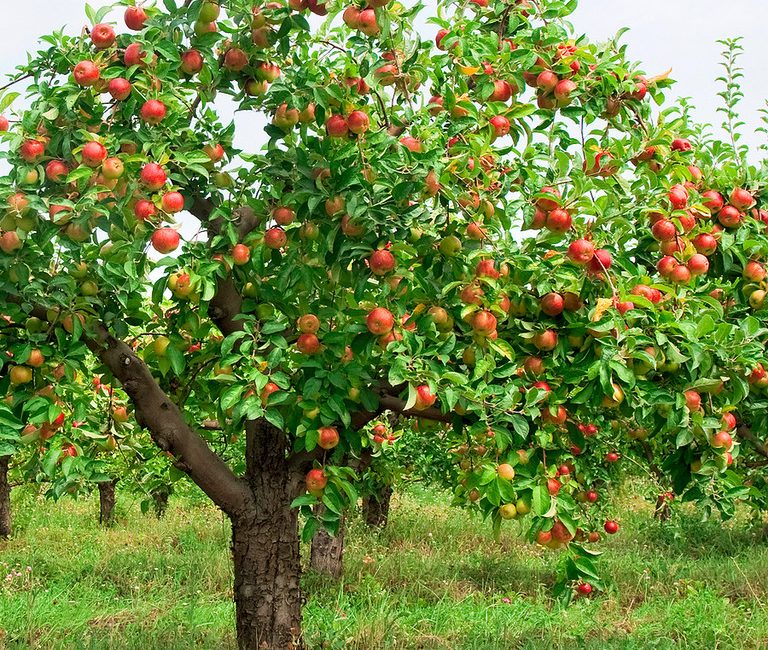Everyone knows the proverb “An apple a day keeps the doctor away”. This useful fruit improves neurological health, prevents dementia, reduces the risk of heart attack or stroke. It’s a cool idea to have such a wealth of minerals and vitamins just in your backyard garden. If you are interested in planting an apple tree, you have to consider the following information.
The first thing you should understand it’s very difficult to cultivate an apple tree from seed. You should be ready to spend a lot of time and energy before you taste the first fruit. That’s why it’s better to start a plant from cuttings. You are not going to have a lot of problems with growing a tree. Yet, it’s important to pick up a good starter.
How to Choose an Apple Tree for your Garden
It doesn’t matter how large your plot is. The main factors are the time when you plant a vine and the type of cuttings. The best periods are the end of fall or early spring. The cutting is not able to survive frosty winter weather.
The next important point is the spot you are going to use when planting an apple tree. There are the following varieties:
- The standard-size sample has a spread of 30 to 40 feet. The main advantages of this variety are a long lifespan about 60 years and ability to bear fruits even in very cold regions;
- Half-standard type requires a ladder to prune and harvest. Its typical tall and wide are 12-15 feet;
- Bush sample grows to about 7 feet tall. The best regions are mild-winter ones;
- Cardon variety is the best choice for the owners of compact gardens. The main requirement for this type is constant pruning;
- Espalier type represents a leader with 3 or 4 tiers of horizontal branches;
- Dwarf pyramids have the shape of pyramids. They are good when it comes to small space. You do not take care of them too much.
The next important point you should keep in mind is the type of rootstock. It defines the mature height of the apple tree. The most common of them are:
- M27 – up to 6 ft;
- M9 – up to 8 ft;
- M26/M116 – up to 10 ft;
- MM106/MM 111 – up to 14 ft;
- M25 – more than 17 ft.
It’s also necessary to consider the type of rootstocks when it comes to the regions with poor or dry soil. The best variants are M26 and MM 111. Moreover, sometimes it’s impossible to plant only one sample while there are varieties that need a couple for pollination.
It’s not a difficult task to plant a sample. You have to dig a hole twice wider and deeper than the root ball itself. It’s a good idea to add compost. Moreover, it’s a cool idea to use a weed barrier in order to prevent weeding and soil erosion. You have to prune dead or broken branches regularly. The same is true about watering. The last thing that should be mentioned is that you don’t need to expect fruit immediately. It takes 1-4 years before you get the first harvest.

Awesome post! Keep up the great work! 🙂